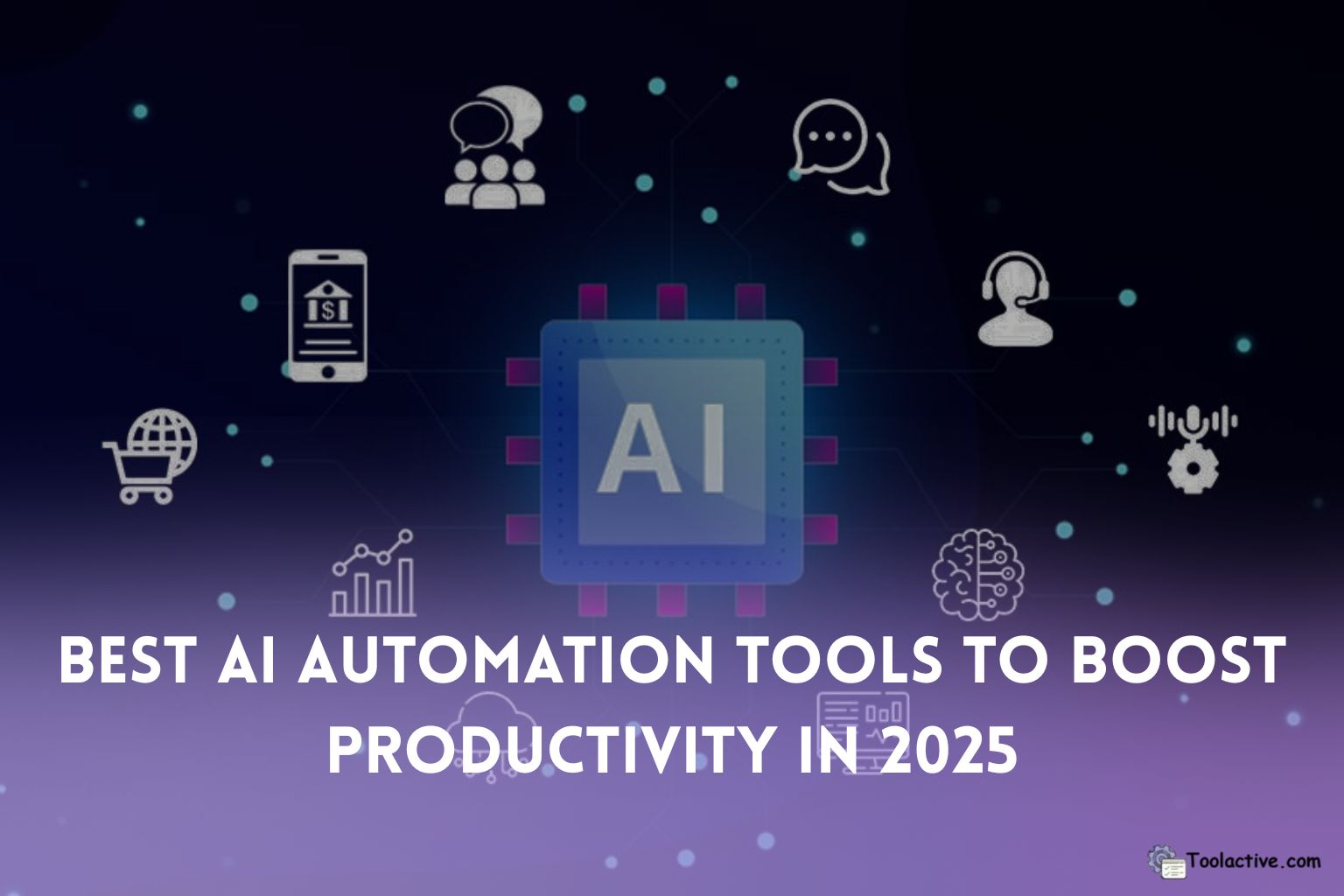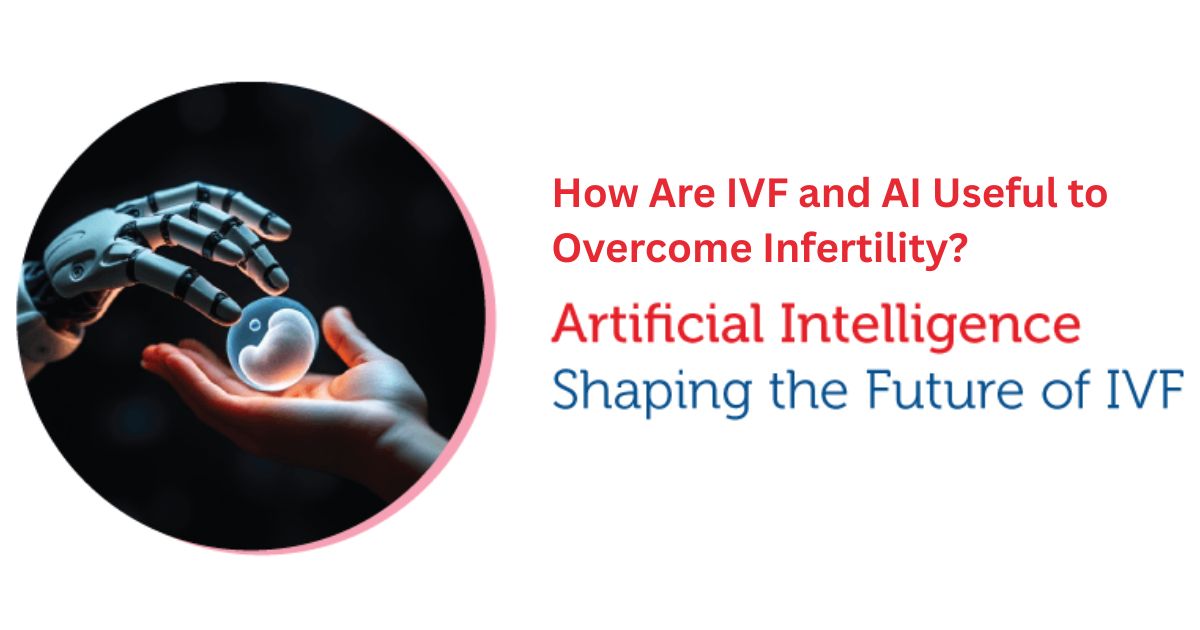Automation is no longer the future - it’s the present engine of every thriving business. From AI-driven chatbots to predictive IT monitoring, AI automation tools are silently rewriting the rules of productivity. The world’s most agile companies are now powered by algorithms that think, learn, and act faster than human teams ever could. In this guide, we’ll explore how these intelligent systems work, why they matter, and which automation tools are leading the way in 2025.
The global rise of automation is reshaping every industry - from finance and logistics to marketing and IT operations. Artificial intelligence is no longer a luxury feature; it’s the foundation of modern efficiency. With the right AI automation tools, businesses can cut manual work, eliminate repetitive errors, and scale operations faster than ever.
In this article, we’ll break down what automation software truly is, explore a comprehensive automation tools list, dive into AI-powered communication platforms, and reveal how the best IT automation tools are transforming the future of work.
Before going deeper into the next section, you can refer to best ai sales assistant software to support your work.

2. What Are AI Automation Tools?
AI automation tools are software systems that use machine learning, predictive modeling, or natural language processing to complete repetitive tasks without human input. Unlike traditional automation (which follows static “if-this-then-that” logic), AI automation systems analyze context, adapt to patterns, and improve over time.
In short, AI automation software doesn’t just follow orders - it learns from them.
Key benefits include:
-
Accuracy: Fewer human errors in critical workflows.
-
Scalability: Ability to manage thousands of simultaneous processes.
-
Efficiency: Reduced time and cost for daily operations.
These smart tools are now vital to teams in marketing, IT, customer service, and communications, where fast, data-driven decisions are key.
3. Why Automation Matters in Modern IT and Business
Automation has become the invisible backbone of business productivity. In IT departments, it ensures systems stay secure and operational 24/7. For business teams, it streamlines repetitive tasks like scheduling, reporting, and lead nurturing.
The best communication tools now integrate automation features - allowing AI chatbots to triage messages, summarize meetings, or even predict customer sentiment in real time. Meanwhile, the best IT automation tools such as Ansible, Terraform, and Jenkins ensure consistent deployment, uptime, and performance across cloud environments.
Automation isn’t just about saving time; it’s about amplifying human capability and allowing professionals to focus on creativity and strategy.
4. Types of Automation Tools
Automation tools span multiple categories. Each one contributes to smarter, faster, and more connected workflows.
AI Workflow Automation Tools
These platforms handle repetitive operational tasks like data entry, notifications, or app-to-app connections.
Examples: Zapier, Make (formerly Integromat), Whalesync.
They’re perfect for businesses that need AI to integrate multiple apps and create automated processes without code.
IT & DevOps Automation Tools
Designed for infrastructure management, deployment, and system monitoring.
Examples: Ansible, Jenkins, Puppet, ServiceNow.
These tools reduce downtime and enhance reliability - essential for scaling digital ecosystems.
Communication & Collaboration Tools
These combine automation with human interaction to create seamless team experiences.
Examples: Slack AI, Microsoft Teams, Notion AI.
They improve coordination and automatically summarize or categorize conversations for faster decision-making.
Testing & QA Automation Tools
AI now plays a major role in intelligent testing.
Examples: Testim, Katalon, Mabl, and Tricentis.
Such tools identify patterns in code errors and “self-heal” test cases, improving software delivery speed.
Each of these segments contributes to a well-rounded automation tools list that any modern business should explore.
If you want to explore more support automation tools, you can check out our list of productivity tools software.
5. The Ultimate Automation Tools List for 2025
Below is a curated list of the most innovative automation platforms driving results in 2025.
Top AI Workflow Automation Tools
-
Whalesync: Synchronizes data between apps using AI-driven mapping and real-time updates.
-
Lindy.ai: An intelligent workflow assistant that automates emails, schedules, and documentation.
-
ClickUp AI: Adds smart task suggestions and automated project summaries to the ClickUp ecosystem.
-
Zapier AI: The classic automation engine now powered by generative AI for adaptive workflows.
Best IT Automation Tools
-
Ansible: Open-source automation for configuration management and app deployment.
-
Terraform: Enables infrastructure as code, simplifying cloud provisioning.
-
Jenkins: Continuous integration platform with AI-enhanced monitoring extensions.
-
ServiceNow: A full ITSM suite automating service delivery, incident response, and change management.
Top Communication Tools with Automation Features
-
Slack AI: Offers message summarization, workflow triggers, and smart search.
-
Microsoft Teams: Combines video conferencing, AI transcription, and integrated task automation.
-
Notion AI: Converts notes into action items and generates summaries instantly.
Comparison Table: Best Automation Tools 2025

This automation tools list highlights diversity across AI and IT functions, helping decision-makers find the perfect fit for their needs.
6. How to Choose the Right AI Automation Software
Selecting the best platform requires strategy. Here’s a professional framework to guide your choice:
-
Assess Compatibility: Ensure the tool integrates with your existing ecosystem.
-
Evaluate AI Capabilities: Look for adaptive learning or predictive analytics features.
-
Measure Ease of Use: Complex tools often lead to low adoption rates.
-
Consider Scalability: Choose systems that can grow with your organization.
-
Compare Pricing: Balance cost against long-term ROI and automation impact.
At ToolActive, we recommend evaluating automation tools based on ROI and scalability, not just flashy features.
7. Best Practices for Implementing Automation Tools
Even the best automation tools can fail without a thoughtful rollout strategy.
Follow these best practices for a smooth transition:
-
Start Small: Begin with pilot projects before scaling across departments.
-
Train Teams: Ensure users understand automation’s purpose and benefits.
-
Track ROI: Monitor metrics like time saved, error reduction, and cost efficiency.
-
Maintain Oversight: Avoid over-automation - human supervision remains crucial.
The integration of communication tools is key to successful adoption. A well-connected team communicates changes, monitors performance, and adjusts automation goals effectively.
8. The Future of AI and IT Automation
The next phase of automation is intelligent autonomy.
AI systems are evolving from passive tools to proactive agents that can predict failures, self-heal processes, and even make strategic recommendations.
Emerging trends include:
-
AI Agents & Co-Pilots: Embedded AI assistants in every workflow.
-
Self-Optimizing Infrastructure: Systems that monitor and fix themselves.
-
Predictive Analytics: Anticipating issues before they occur.
According to insights from TestGuild and Whalesync, the coming years will see AI automation software fully embedded into IT ecosystems - merging analytics, communication, and operations into one unified intelligence layer.

Discover our WATI tool page
9. FAQs: Best AI Automation Tools to Boost Productivity in 2025
9.1. What are the best AI automation tools in 2025?
Top options include Zapier AI, Make.com, Notion AI Automations, ClickUp AI, Airtable AI, HubSpot AI, and ToolActive AI Workflows.
9.2. What makes AI automation tools different from regular automation tools?
AI tools don’t just follow rules-they think. They analyze patterns, make suggestions, generate content, and adapt workflows automatically.
9.3. Are AI automation tools suitable for beginners?
Yes. Most 2025 platforms come with no-code builders, templates, and guided automation setup.
9.4. Can AI really save time?
Absolutely. AI reduces repetitive tasks like data entry, email replies, lead scoring, content updates, and reporting-saving hours every week.
9.5. Are these tools secure enough for business operations?
Most leading tools follow strict standards like GDPR, SOC 2, and end-to-end encryption.
9.6. What industries benefit the most from AI automation?
E-commerce, agencies, SaaS, real estate, finance, healthcare, customer service, and content-driven businesses benefit heavily.
9.7. How much do AI automation tools cost in 2025?
Pricing starts from free plans and goes up to $99–$249/month for advanced AI automation features.
9.8. Can AI automation tools integrate with CRM, email, or project systems?
Yes-most tools integrate with 2,000+ apps including HubSpot, Slack, Gmail, Shopify, and Google Workspace.
9.9. Will AI automation replace employees?
No. AI handles repetitive work so humans can focus on strategy, creativity, and high-value decisions.
9.10. What’s the easiest tool to start with?
Zapier AI and ToolActive AI Workflows are ideal for beginners due to their simplicity and wide integrations.
10. Expert Insight - From Jason Miller
“As someone who has worked with hundreds of automation setups over the past decade, I can confidently say that 2025 is the biggest leap forward we’ve ever seen in AI-powered productivity. Businesses used to automate simple triggers-send an email, move a task, update a spreadsheet. But now?
AI tools can think through your workflow.
They summarize customer conversations, predict the next step, generate content, assign tasks automatically, even clean your data without manual intervention.
My biggest advice for 2025:
Start small but automate consistently.
Pick one workflow-lead intake, content creation, reporting, or customer follow-up-and add AI to it. The moment you remove those repetitive tasks from your plate, you’ll understand the true power of automation.
And one more tip:
Choose tools that grow with you. Platforms like ToolActive, Zapier AI, and ClickUp AI don’t just automate tasks-they help you build an intelligent business system
Conclusion: Empowering the Future with AI Automation Tools
In 2025, businesses that embrace AI automation tools will lead the next wave of innovation. These intelligent systems aren’t just simplifying workflows - they’re transforming how teams operate, communicate, and make decisions. From IT management to customer engagement, automation has become the backbone of modern productivity.
At ToolActive, we help organizations navigate this transformation with confidence. Our platform curates and compares the best AI automation software, giving you access to verified insights, categorized listings, and real-world reviews - all in one place.
Whether you’re searching for the best automation tools to scale your operations or exploring new ways to optimize team performance, ToolActive provides the clarity and guidance you need to make data-driven decisions.
Explore ToolActive today - and start building a smarter, more efficient future powered by AI automation.







.jpg)






